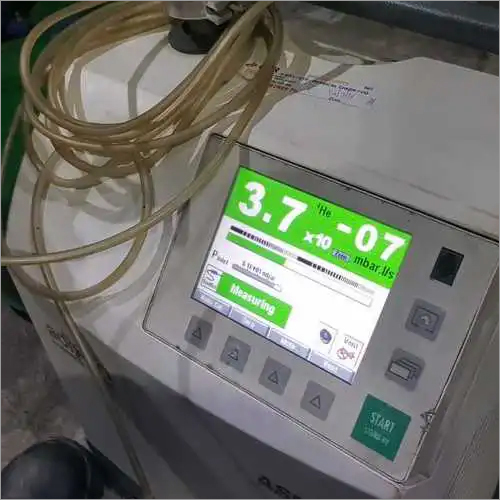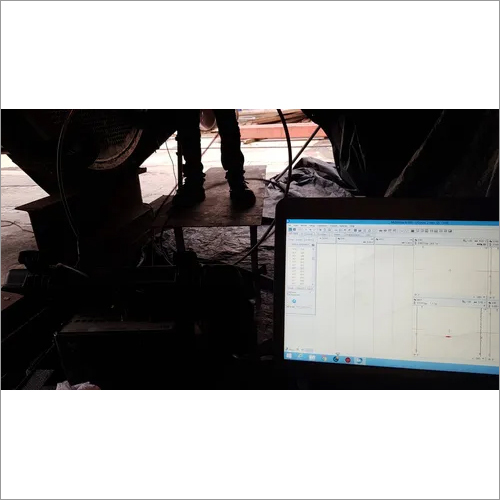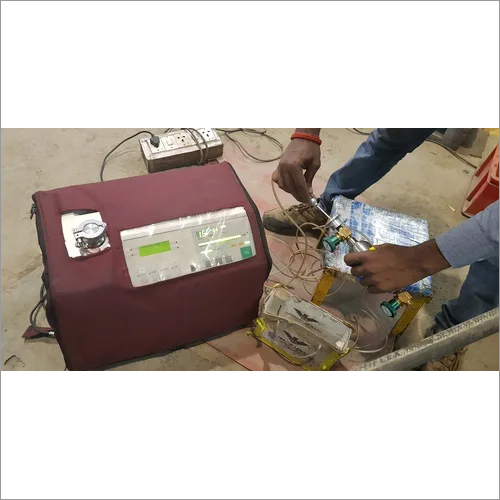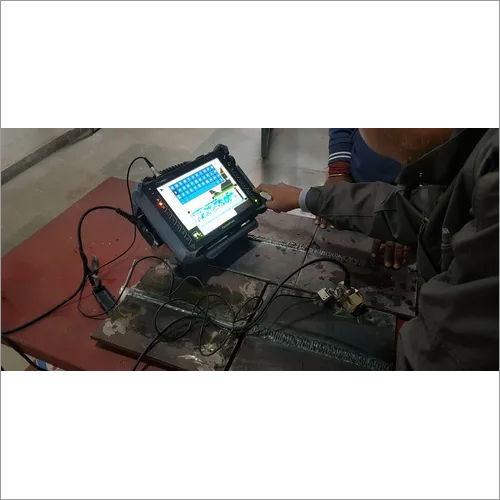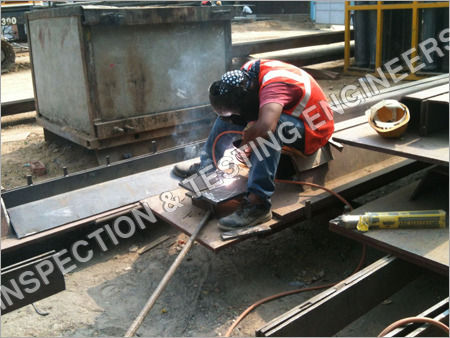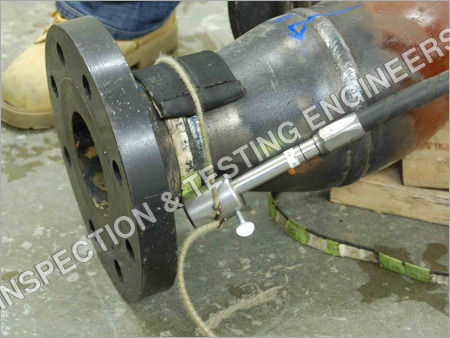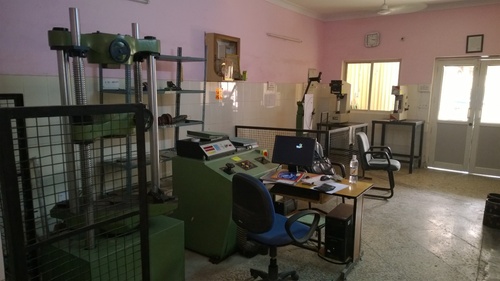
Hardness Testing Course
Product Details:
Product Description
Hardness Testing Course/Hardness Testing Certification
Our Destructive Testing Lab Division is accredieted as per the ISO 17025 by the National Accreditation Board for Testing and Calibration Laboratories (NABL). It is accredieted in the field of Chemical & Mechanical Testing of Metals. This is the most renowned and highest accredition granted to the laboratories having specialization in Hardness Testing Certification, Hardness Testing Course, Material Testing and Calibration services. And this is why, client trust us and avail the benefits of our services.
THE TERM HARDNESS is defined as the capability of a material to have a strong resistance against indentation or deformation when in comes in contact with an indenter under load. Normally, a hardness test includes the pressing of an indenter of known mechanical and geometry properties into the test material. Material hardness is tested by using the various types of scales. These scales indirectly or directly indicates the contact pressure, which is involved in deformation of the test surface. During the testing, the indenter is pressed into the material and therefore, the hardness is also considered as the ability of a material to withstand the compressive loads. Indenter may be Pyramidal (Vickers and Knoop Tests), Spherical (Brinell Test) Or Conical (Rockwell Test). The depth of indentation in the Rockwell tests is resolved and converted to a hardness number. It is done without the measurement units. While in the Vickers, Knoop and Brinell tests, the hardness value is reckoned as the load backed by unit area of the indentation. It is expressed in (kgf/mm2) kilograms per square millimeter.
Nowadays, the hardness testing certification/hardness testing course is not limited to metals. Due to the availability of modern tools and innovative procedures, these courses and certifications cover a wide range of materials comprising elastomers, semiconductors, polymers, ceramics and thin films. Hardness measurements express different fundamental aspects of different materials. Therefore, for metal, the hardness is straightway proportionate to the uniaxial yield stress at the strain impelled by the indentation. But it doesn't apply to the polymers as their yield stress is not properly defined. Still, the measurement of hardness is very useful for different properties of polymers like loss modulus and storage. Likewise, the measured hardness of glasses and ceremics might relate to their fracture toughness.
The applications of material is also defined by its hardness. A tribologist may require high hardness to reduce plastic wear and deformation in bearing applications. While a fracture mechanics engineer may think that hard material is brittle and not reliable for impact loads. A production engineer may need less hard materials for increased production, faster and easy machining. While a metallurgist may need lower hardness material for cold rolling of metals. All these factors lead the customers to select different types of materials and production processes in order to get the specific material properties of the final product, which is most of the times, estimated by analysing the hardness of material.
Requirements and descriptions of bend test are given in several other standards such as, ASTM A 370, IS 1586, IS 1501, etc.
Other Products in 'Non Destructive Testing Training and Certification' category
 |
INSPECTION & TESTING ENGINEERS
All Rights Reserved.(Terms of Use) Developed and Managed by Infocom Network Private Limited. |
 English
English Spanish
Spanish French
French German
German Italian
Italian Chinese (Simplified)
Chinese (Simplified) Japanese
Japanese Korean
Korean Arabic
Arabic Portuguese
Portuguese


